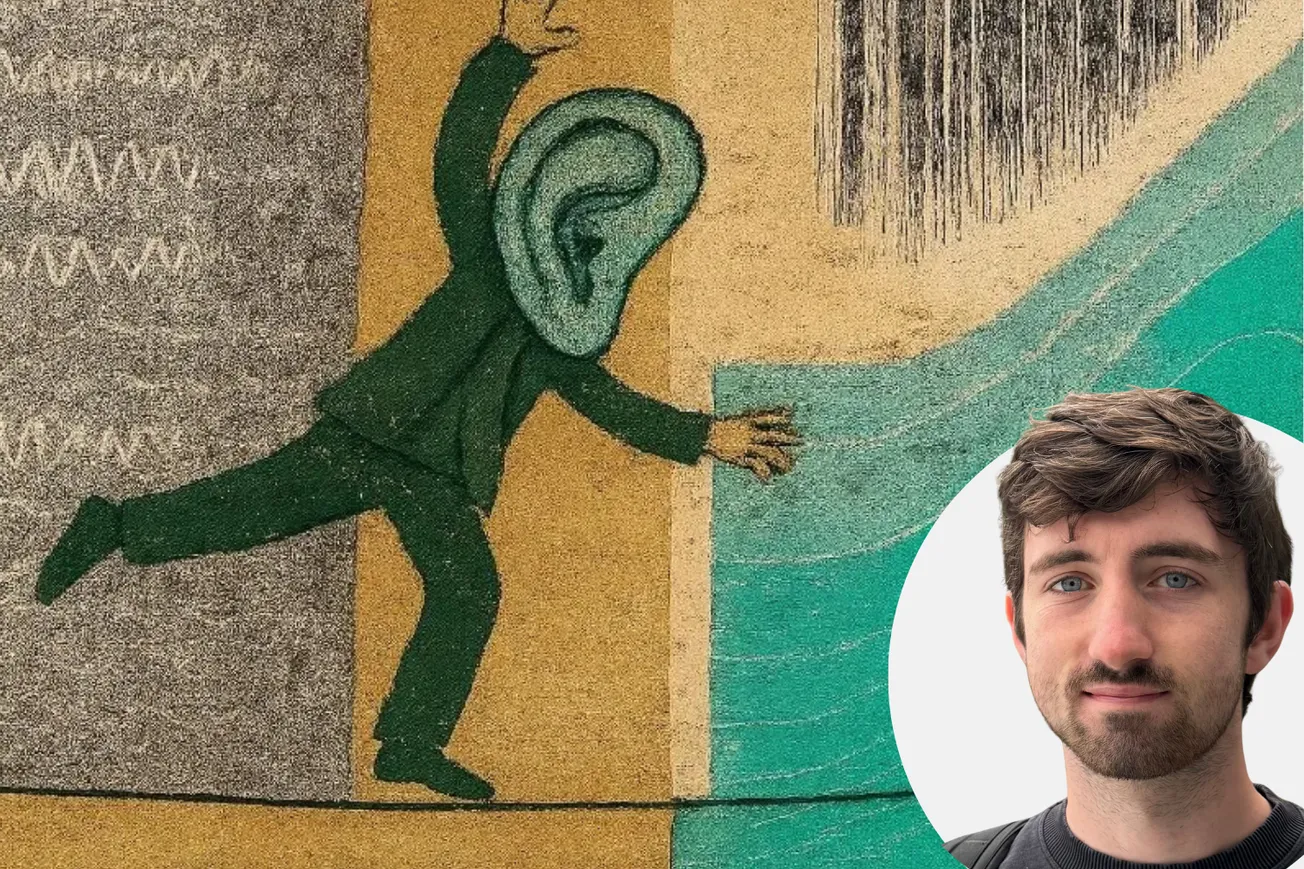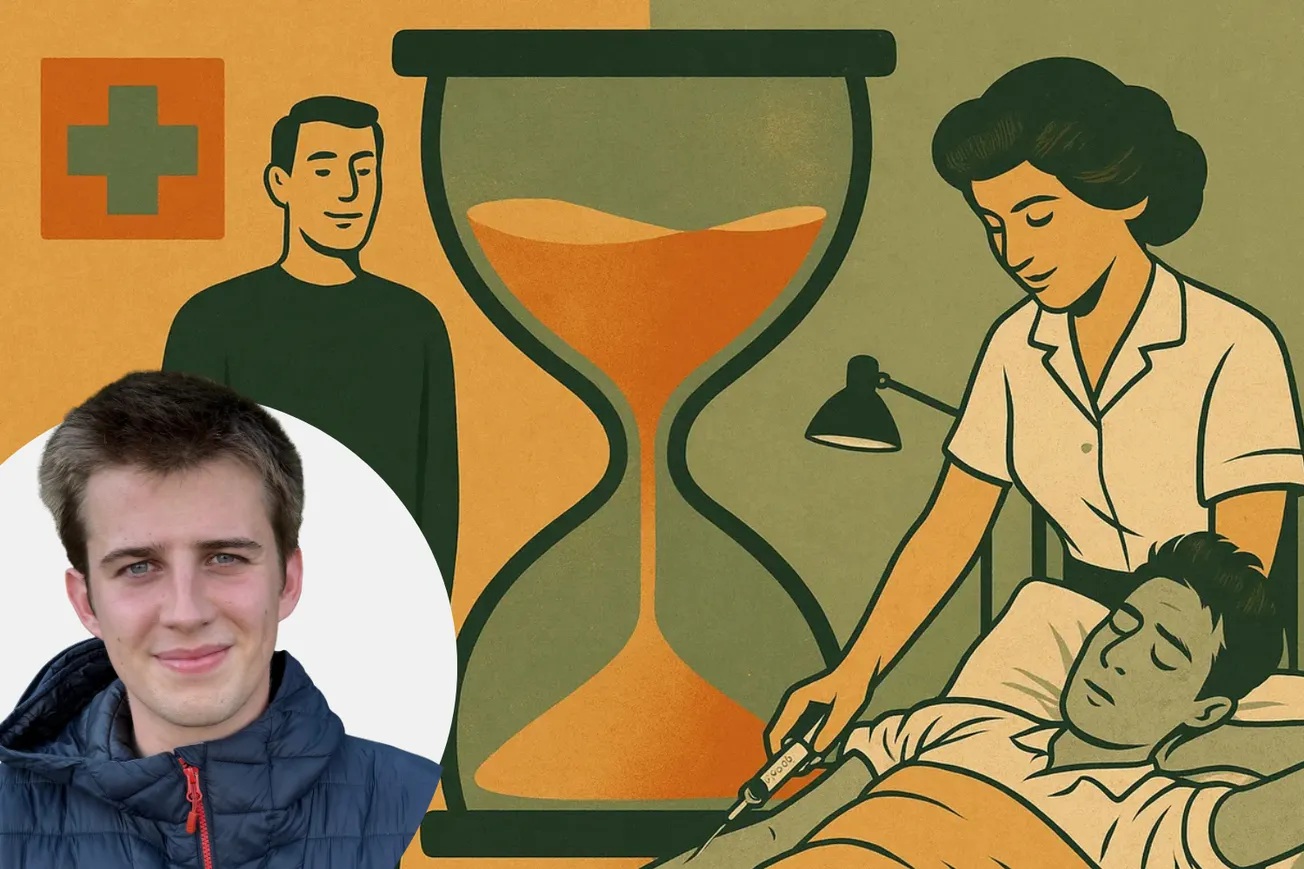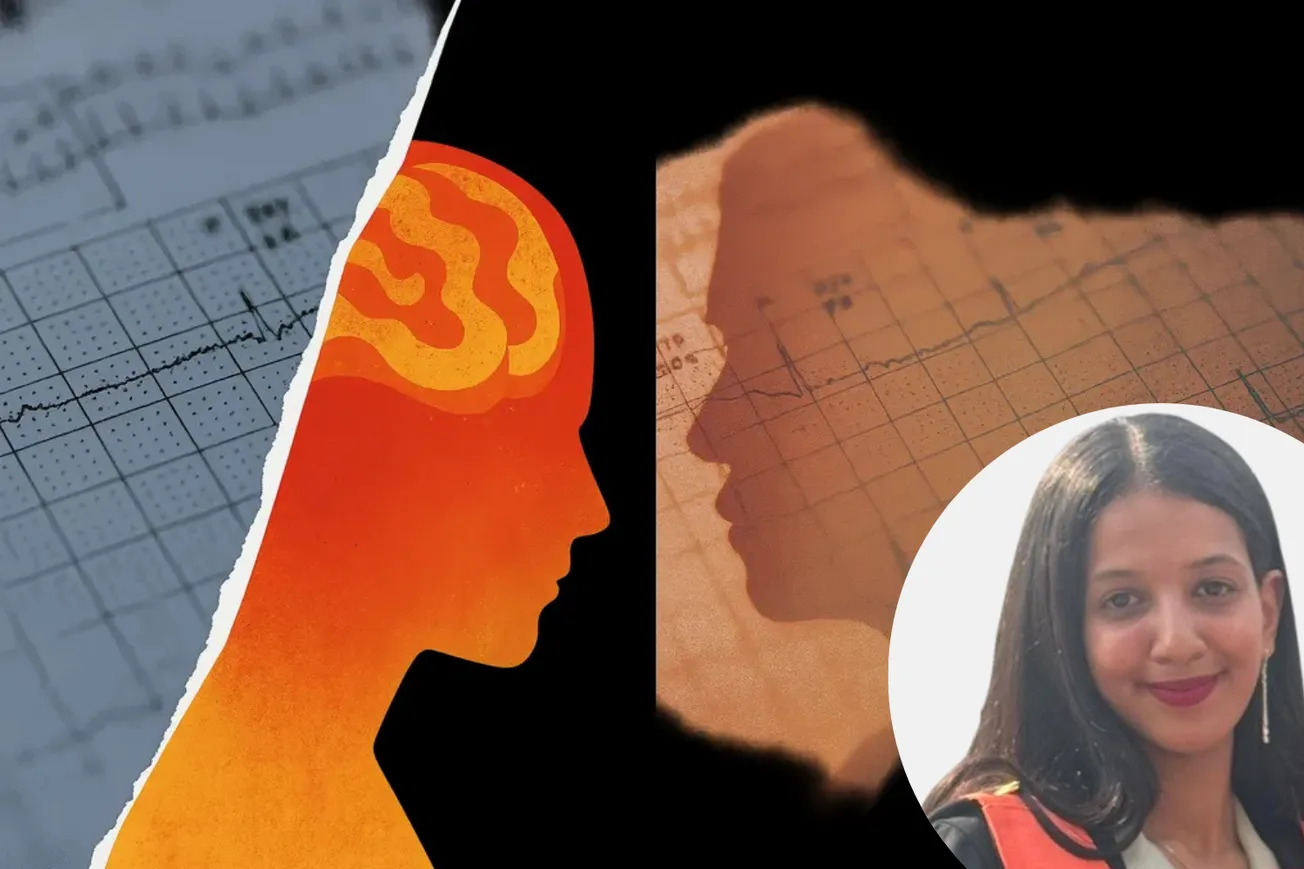Table of Contents
Introduction
Doctors, medical students and healthcare staff will have inevitably seen the large proportion of beds on elderly care wards occupied by those who have lost their balance and fallen. Imbalance is a significant risk factor for falling, in fact those with a symptomatic vestibular disorder are 12 times more likely to fall than those with intact balance [1].
The maintenance of balance is highly complicated; some of the world’s most advanced robots struggle to maintain balance and avoid falling.
When you think about it, it’s a miracle we can balance so effortlessly in the first place.
Physiologically, the three key contributors to balance are visual, somatosensory and vestibular inputs, which are then analysed and processed by the central nervous system [2]. All three of these systems can be compromised in pathology as well as in normal ageing, for example, degeneration of the otolith organs of the peripheral vestibular system and changes to the muscle spindles of the somatosensory system are amongst the changes seen in the elderly [3][4].
It is estimated that almost a third of those 65+ will fall each year, emphasising the effect of ageing on the postural control systems [5].
Current interventions and an interventional current
Typical management for imbalance involves addressing underlying causes, e.g., levodopa in Parkinson’s disease, as well as improving the efficacy of the balance-maintaining systems through balance training and exercises.
But what if there was another way of targeting imbalance, by stimulating the very systems responsible for maintaining balance?
Noisy galvanic vestibular stimulation (nGVS) involves the application of a current to the mastoid bones, which serves to stimulate the vestibular nerve. nGVS utilises a noisy subthreshold current of random amplitudes and frequencies, it is very weak (typically ranging from 100-700 µA) and is generally undetectable to those actively receiving the stimulation [6].
nGVS has been shown in a large number of trials to improve balance in clinical populations, as well as in both elderly and young healthy cohorts [7][8]. Some of the improvements seen include decreased sway distance and velocity when standing, as well as improvements in lateral deviation and general performance when walking [9].
These improvements have been seen in several pathologies including Parkinson’s disease and bilateral vestibular hypofunction [9][10].
The unclear mechanism of nGVS
The mechanism behind nGVS and its consequent stimulation of the vestibular nerve is very poorly understood.
One of the most commonly cited theories is that of stochastic resonance, whereby the nGVS increases the sensitisation of the vestibular system to smaller stimuli, allowing the body to respond to smaller sensory inputs, consequently improving balance control [11].
Another possible mechanism of nGVS is through modulation of the spinal reflexes that contribute significantly to postural control [12]. Other types of vestibular stimulation using non-noisy suprathreshold currents have been shown to modulate spinal reflex amplitude through the vestibulospinal tracts, so it is possible that nGVS is able to improve balance by modulating these reflexes [13].
Current evidence is conflicting and as such there is still a way to go before we uncover the underlying processes behind the balance improvements seen with nGVS.
A future intervention for imbalance?
nGVS is a highly exciting possible intervention for the future, which could act as a long-term intervention for those suffering from imbalance.
The balance improvements seen with nGVS are greatest in those with vestibular compromise, further strengthening the case for its use as an intervention for imbalance. For nGVS to become feasible in the future, the device must be able to be used discreetly.
Current nGVS devices are around the size of a small smartphone, and the need for electrodes on the mastoid bones do pose a certain limitation to the device’s subtlety.
Further research must be done into the long-term efficacy of nGVS to ensure its balance improving properties remain with extended use. It is also important to investigate any side effects that may arise from long term nGVS to ensure it can be tolerated by its users, known side effects currently include nausea, tingling and itching [14].
Improving our understanding of the mechanisms behind nGVS is of great importance, the current lack of understanding limits the designs of the trials that are currently being done into its efficacy and calibrations.
A strong understanding of its underpinning mechanisms would allow researchers to design trials that find the best stimulation settings for different target populations.
Conclusion
nGVS, if it can prove to be effective, may well serve as a preferable alternative or may complement the current interventions used by patients with postural instability, as well as saving valuable healthcare resources if the devices can be rolled out affordably on a large scale.
Overall, nGVS represents a highly exciting possible future intervention for imbalance, which is very different to the current interventions offered. It is important that more research is done to improve our understanding of the mechanisms behind nGVS, so that its possible clinical use can be maximised in affected populations
References
1. Agrawal Y, Carey JP, Della Santina CC, Schubert MC, Minor LB. Disorders of Balance and Vestibular Function in US Adults. Arch Intern Med. 2009 May 25;169(10):938.
2. Grace Gaerlan M, Alpert PT, Cross C, Louis M, Kowalski S. Postural balance in young adults: The role of visual, vestibular and somatosensory systems. J Am Acad Nurse Pract. 2012 Jun 29;24(6):375–81.
3. Allen D, Ribeiro L, Arshad Q, Seemungal BM. Age-Related Vestibular Loss: Current Understanding and Future Research Directions. Front Neurol. 2016 Dec 19;7.
4. Swash M, Fox KP. The effect of age on human skeletal muscle studies of the morphology and innervation of muscle spindles. J Neurol Sci. 1972 Aug;16(4):417–32.
5. Dionyssiotis Y. Analyzing the problem of falls among older people. Int J Gen Med. 2012 Sep;805.
6. Valter Y, Vataksi L, Allred AR, Hebert JR, Brunyé TT, Clark TK, et al. A review of parameter settings for galvanic vestibular stimulation in clinical applications. Front Hum Neurosci. 2025 Feb 3;19.
7. Inukai Y, Masaki M, Otsuru N, Saito K, Miyaguchi S, Kojima S, et al. Effect of noisy galvanic vestibular stimulation in community-dwelling elderly people: a randomised controlled trial. J Neuroeng Rehabil. 2018 Dec 3;15(1):63.
8. Inukai Y, Otsuru N, Masaki M, Saito K, Miyaguchi S, Kojima S, et al. Effect of noisy galvanic vestibular stimulation on center of pressure sway of static standing posture. Brain Stimul. 2018 Jan;11(1):85–93.
9. McLaren R, Smith PF, Taylor RL, Ravindran S, Rashid U, Taylor D. Efficacy of nGVS to improve postural stability in people with bilateral vestibulopathy: A systematic review and meta-analysis. Front Neurosci. 2022 Sep 28;16.
10. Pal S, Rosengren SM, Colebatch JG. Stochastic galvanic vestibular stimulation produces a small reduction in sway in Parkinson’s disease. Journal of Vestibular Research. 2010 Apr 30;19(3–4):137–42.
11. Wuehr M, Boerner JC, Pradhan C, Decker J, Jahn K, Brandt T, et al. Stochastic resonance in the human vestibular system – Noise-induced facilitation of vestibulospinal reflexes. Brain Stimul. 2018 Mar;11(2):261–3.
12. Koelewijn AD, Ijspeert AJ. Exploring the Contribution of Proprioceptive Reflexes to Balance Control in Perturbed Standing. Front Bioeng Biotechnol. 2020 Aug 28;8.
13. Kennedy PM, Inglis JT. Modulation of the soleus H-reflex in prone human subjects using galvanic vestibular stimulation. Clinical Neurophysiology. 2001 Nov;112(11):2159–63.
14. Utz KS, Korluss K, Schmidt L, Rosenthal A, Oppenländer K, Keller I, et al. Minor adverse effects of galvanic vestibular stimulation in persons with stroke and healthy individuals. Brain Inj. 2011 Oct 31;25(11):1058–69.
Author: Rhys Garrero lives in the U.K. and is a fifth-year medical student at Imperial College London.






